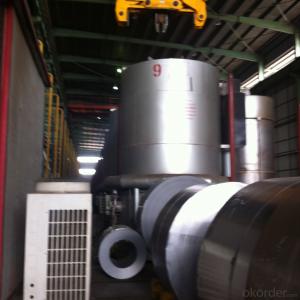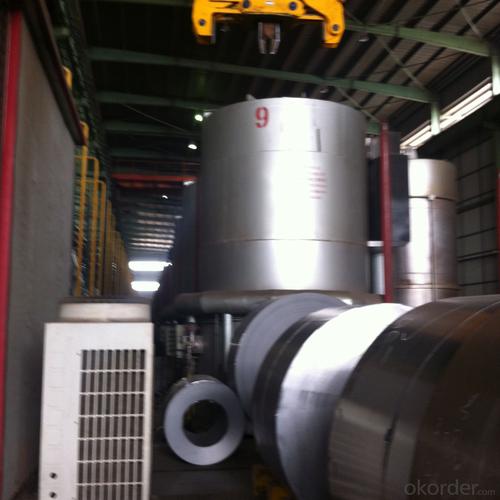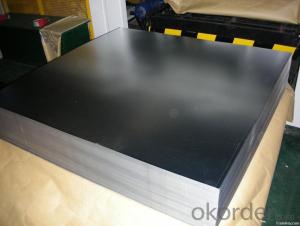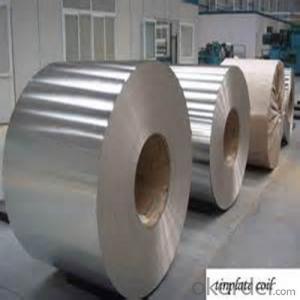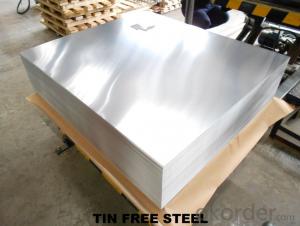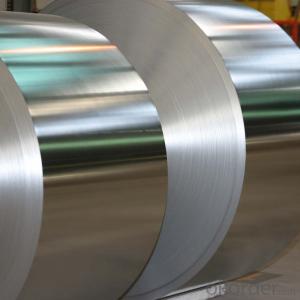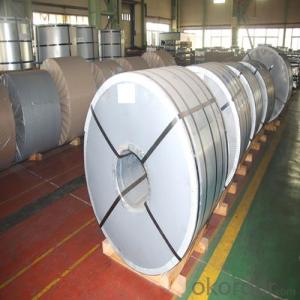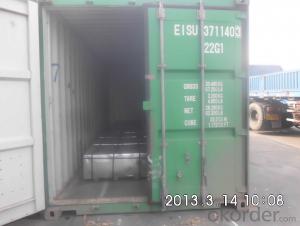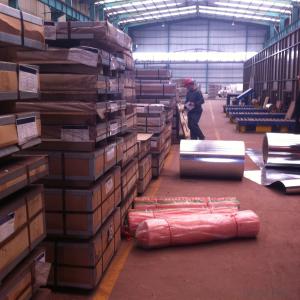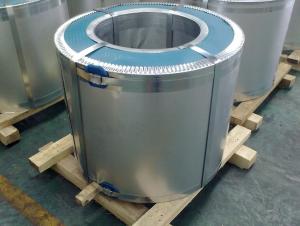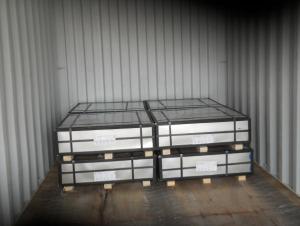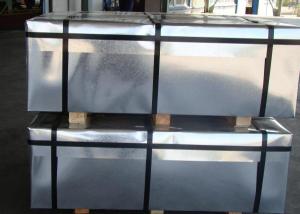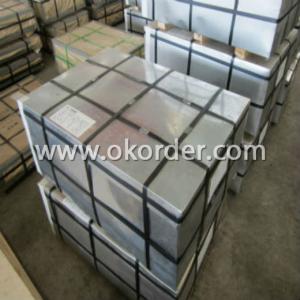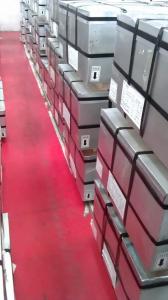Tin Free Steel for Fancy for Can Packaging
- Loading Port:
- China main port
- Payment Terms:
- TT OR LC
- Min Order Qty:
- 25 m.t.
- Supply Capability:
- 30000 m.t./month
OKorder Service Pledge
OKorder Financial Service
You Might Also Like
1. Products: Tin Free Steel
Tinplate and TFS are widely used for making all types of containers such as artistic cans, tea cans, painting cans, chemical package cans and metal printing etc. Its applications are not limited to containers; recently, they have also been used for making electrical machinery parts and many other products.
2. Specification:
Our goods enjoyed high quality both at home and abroad. We can supply tin free steel as follows:
Technical standard | JISG3315 and GB/T24180 - 2009 (BS EN 10202:1990) |
Steel Type | MR / SPCC |
Thickness | From 0.15mm to 0.50mm (Tolerance +/- 0.01mm) |
Width | Normally 600-1050mm (Tolerance +3/-0 mm) |
Coating | Total chromium min 30mg/m2 max 140mg/m2 |
Temper & Annealing | T1-T5, DR7-8, TS230-TH435, T49-T65(+/- 4) |
Surface Treatment | Bright & Fine Stone & Stone & Silver & Matt |
Payment terms | Letter of Credit (L/C), Telegraphic transfer (T/T) |
Price terms | CFR & CIF price term |
Delivery time | Within 60 days after received L/C or T/T down payment |
Packing | High quality shipping packing which contains thin plastic film, rust-proof paper, metal cover, metal angles and strap sand pallet. |
Minimum order Quantity(MOQ) | 25 metric tons (1X 20'' container) |
3. Pictures:
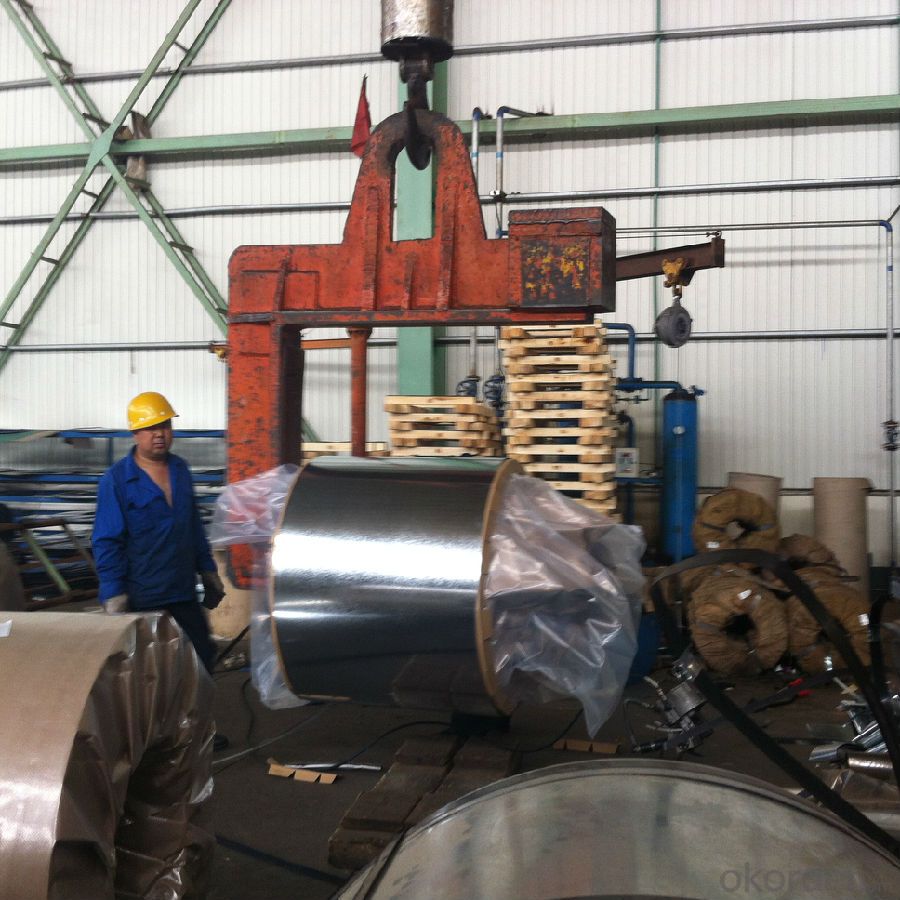
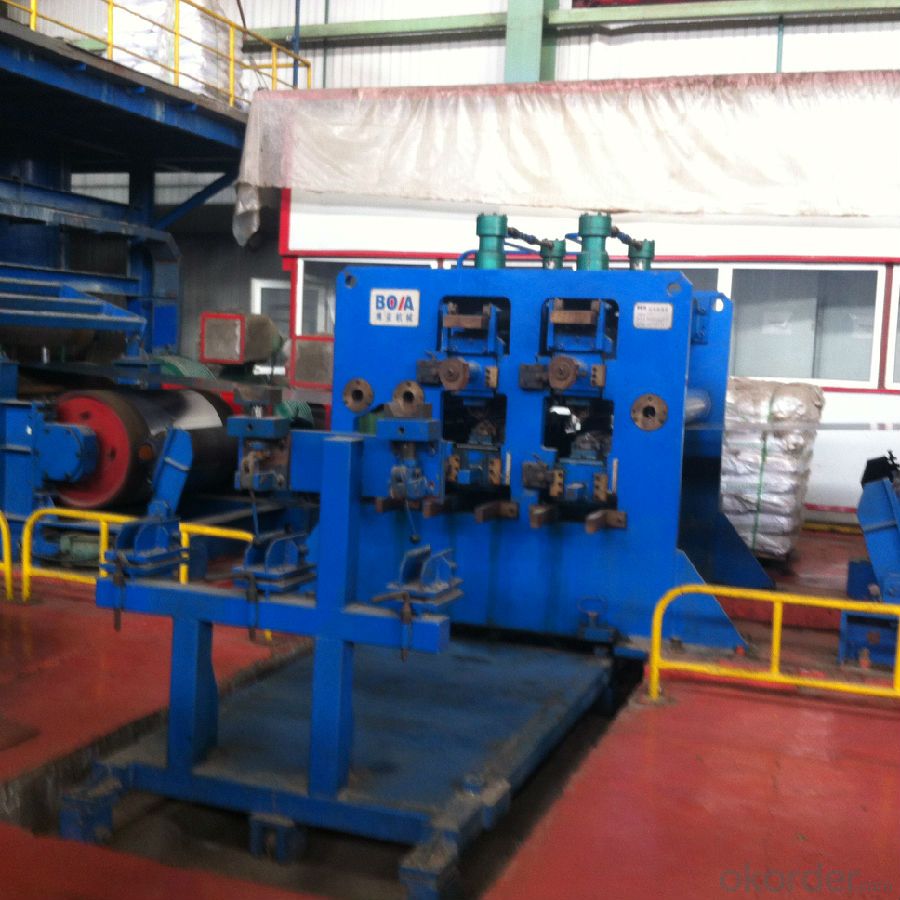
4. Features of the factory price/ tin free steel/tinplate/tfs/tmbp/etp/spte:
Beautiful Appearance
Excellent Paintability & Printability
Excellent Formability & Strength
Excellent Corrosion Resistance
Excellent Solderability & Weldability
5. FAQ:
We are one of the main producers in China for tinplate, tin free steel and also TMBP. At present, our productivity is more than 450000 MT/year.
For more information about our products or company, pls contact us freely.
- Q: How does tinplate perform in terms of heat resistance?
- Tinplate offers moderate heat resistance, as it can withstand temperatures up to around 250 degrees Celsius without significant deformation or damage. However, it is not suitable for extreme heat applications and may lose its structural integrity or experience discoloration at higher temperatures.
- Q: What are the different types of tin coatings used on tinplate?
- There are primarily three types of tin coatings used on tinplate: electrolytic tinplate (ETP), black plate, and tin-free steel (TFS). ETP is the most common type and provides excellent corrosion resistance and solderability. Black plate is uncoated tinplate, often used for industrial applications or as a base for other coatings. TFS, on the other hand, replaces the tin coating with a thin layer of chromium or chromium oxide, offering similar corrosion resistance but without the use of tin.
- Q: How does tinplate contribute to the safety and integrity of packaged products?
- Tinplate contributes to the safety and integrity of packaged products in several ways. Firstly, tinplate is highly resistant to corrosion, protecting the packaged products from exposure to moisture and other potentially harmful elements. This corrosion resistance ensures that the packaging remains intact, preventing any leakage or contamination of the product. Additionally, tinplate has excellent barrier properties, which means it effectively blocks out oxygen, light, and other external factors that could cause spoilage or degradation of the packaged goods. Furthermore, tinplate provides a strong and sturdy structure for packaging, ensuring that it can withstand transportation and handling without compromising the integrity of the product. Overall, tinplate's properties make it a reliable and protective material for packaging, thereby contributing to the safety and preservation of packaged products.
- Q: What are the main applications of tinplate in the pharmaceutical industry?
- Tinplate is commonly used in the pharmaceutical industry for the production of packaging materials such as containers, tubes, and caps. It provides excellent barrier properties against moisture, light, and gases, ensuring the integrity and stability of pharmaceutical products. Tinplate is also easy to sterilize, making it suitable for storing drugs and medical devices. Additionally, its durability and tamper-proof properties make it a reliable choice for ensuring product safety and extending shelf life in the pharmaceutical industry.
- Q: Can tinplate be used for kitchenware?
- Yes, tinplate can be used for kitchenware. Tinplate is a type of steel coated with a thin layer of tin, which provides corrosion resistance and food-safe properties. It is commonly used for making cans, containers, and kitchen utensils like pots, pans, and baking sheets.
- Q: How does tinplate affect the shelf life of products?
- Tinplate can significantly extend the shelf life of products due to its excellent barrier properties. It acts as a protective layer, preventing oxygen and moisture from reaching the contents of the package. This helps to preserve the quality, flavor, and nutritional value of the products, ultimately extending their shelf life and ensuring they remain fresh for a longer period of time.
- Q: How does tinplate packaging contribute to food safety?
- Tinplate packaging contributes to food safety by providing a protective barrier against external factors that can contaminate or spoil the food. The tin coating acts as a barrier, preventing oxygen, moisture, light, and other contaminants from entering the package, ensuring the food inside remains fresh and safe for consumption. Additionally, tinplate packaging is durable and resistant to damage, reducing the risk of physical contamination. Its ability to maintain the integrity and quality of the food over extended periods further enhances food safety.
- Q: How does tinplate compare to aluminum in terms of properties and applications?
- Tinplate and aluminum have distinct properties and applications. Tinplate is made of steel coated with a thin layer of tin, providing excellent corrosion resistance and forming properties. It is commonly used for food and beverage packaging, as well as for decorative purposes. On the other hand, aluminum is a lightweight metal with high strength-to-weight ratio, corrosion resistance, and excellent thermal and electrical conductivity. It is widely used in industries such as construction, transportation, and electronics. While both materials have their unique advantages, the choice between tinplate and aluminum depends on specific requirements and the intended application.
- Q: What are the different surface finishes available for tinplate?
- The different surface finishes available for tinplate include bright, stone, and matt finishes.
- Q: How does tinplate perform in terms of heat transfer?
- Tinplate generally performs poorly in terms of heat transfer.
Send your message to us
Tin Free Steel for Fancy for Can Packaging
- Loading Port:
- China main port
- Payment Terms:
- TT OR LC
- Min Order Qty:
- 25 m.t.
- Supply Capability:
- 30000 m.t./month
OKorder Service Pledge
OKorder Financial Service
Similar products
Hot products
Hot Searches
Related keywords
